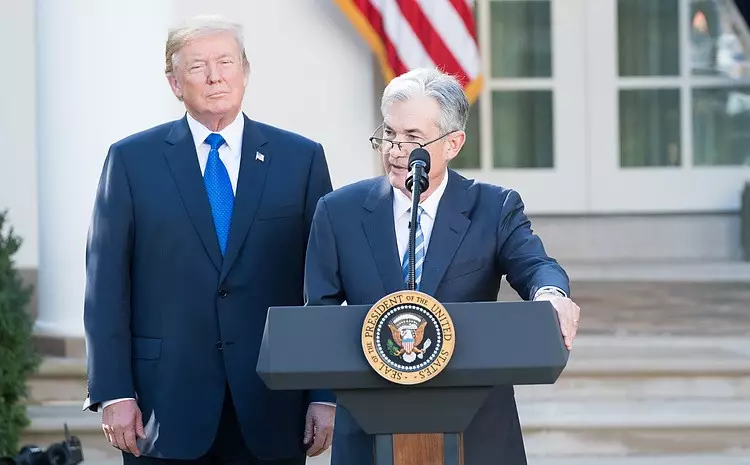In a recent discourse, Alberto Musalem, the President of the Federal Reserve Bank of St. Louis, articulated a viewpoint that is becoming increasingly relevant in today’s fluctuating economic climate. He expressed support for further cuts to interest rates, a strategy that appears to address ongoing economic uncertainty. Musalem emphasized that future monetary policy will be dictated by the performance of the economy rather than arbitrary timelines. This stance reflects a cautious yet proactive approach to fiscal management, recognizing that economic indicators must inform decision-making processes.
The Fed operates within a dual mandate that aims to achieve price stability and full employment. This dual approach is critical, especially when prices begin to surge beyond sustainable levels. Interest rates serve as a crucial lever for the Fed, and adjustments to these rates can either stimulate or slow economic activity. When inflation rates exceed the target of 2%, the Fed typically reacts by raising interest rates, thus increasing borrowing costs and attracting international investment through a stronger U.S. dollar.
Musalem’s perspective on monetary policy is notably conservative, advocating for caution against premature easing of interest rates. He articulated that the risks associated with relaxing policies too soon could overshadow the potential costs of being overly cautious. A paramount concern is the prospect of inflation becoming entrenched above the desired 2% target, which could undermine the Federal Reserve’s credibility and impact employment rates adversely. The path forward requires a careful balance—interest rates must reflect not only current economic conditions but also anticipated future performance.
Musalem provided insight into the current state of the job market, noting its alignment with a robust economy. This statement suggests that, while employment figures may appear weak on the surface, they are ultimately consistent with broader economic health. It’s a nuanced perspective that acknowledges the complex interplay between various economic forces, both domestic and external. He also acknowledged that external factors, such as election-related uncertainties and current monetary policies, play significant roles in shaping economic activity.
Monetary policy, a tool wielded by the Federal Reserve, isn’t static. The Federal Open Market Committee (FOMC) meets regularly to reassess economic conditions and determine the most effective course of action. This dynamic approach is essential for responding to shifting economic landscapes efficiently. Recent discussions have revolved around quantitative easing (QE) and its counterpart, quantitative tightening (QT). QE becomes a critical strategy in times of financial crisis, where increasing the availability of credit can stimulate economic activity. However, it has the side effect of depreciating the dollar as more currency enters the market.
Conversely, QT aims to strengthen the dollar by withdrawing liquidity from the system. By reducing the central bank’s balance sheet through untapped assets, QT is positive for currency valuation but may restrict borrowing and investment. Such strategies illustrate the Federal Reserve’s role in managing the economy through deliberate monetary decisions.
As we navigate the complexities of the current economic scenario, the Federal Reserve’s dexterity in monetary policy becomes ever more critical. The observations of President Musalem serve as a reminder that monetary interventions should be guided by empirical data and a comprehensive understanding of economic trends. The interplay of inflation control and employment stabilization requires a delicate balance—a reality that Musalem evidently recognizes.
The Federal Reserve’s approach to interest rates will require ongoing evaluation and timely adaptations. The potential for additional rate cuts exists as the economy continues to evolve, but such measures must be deployed judiciously to maintain credibility and promote sustainable growth. The challenges ahead are substantial, but with careful planning and an open-minded approach, the Federal Reserve can guide the economy toward a more stable future, taking into account the multifaceted nature of modern economic challenges.

